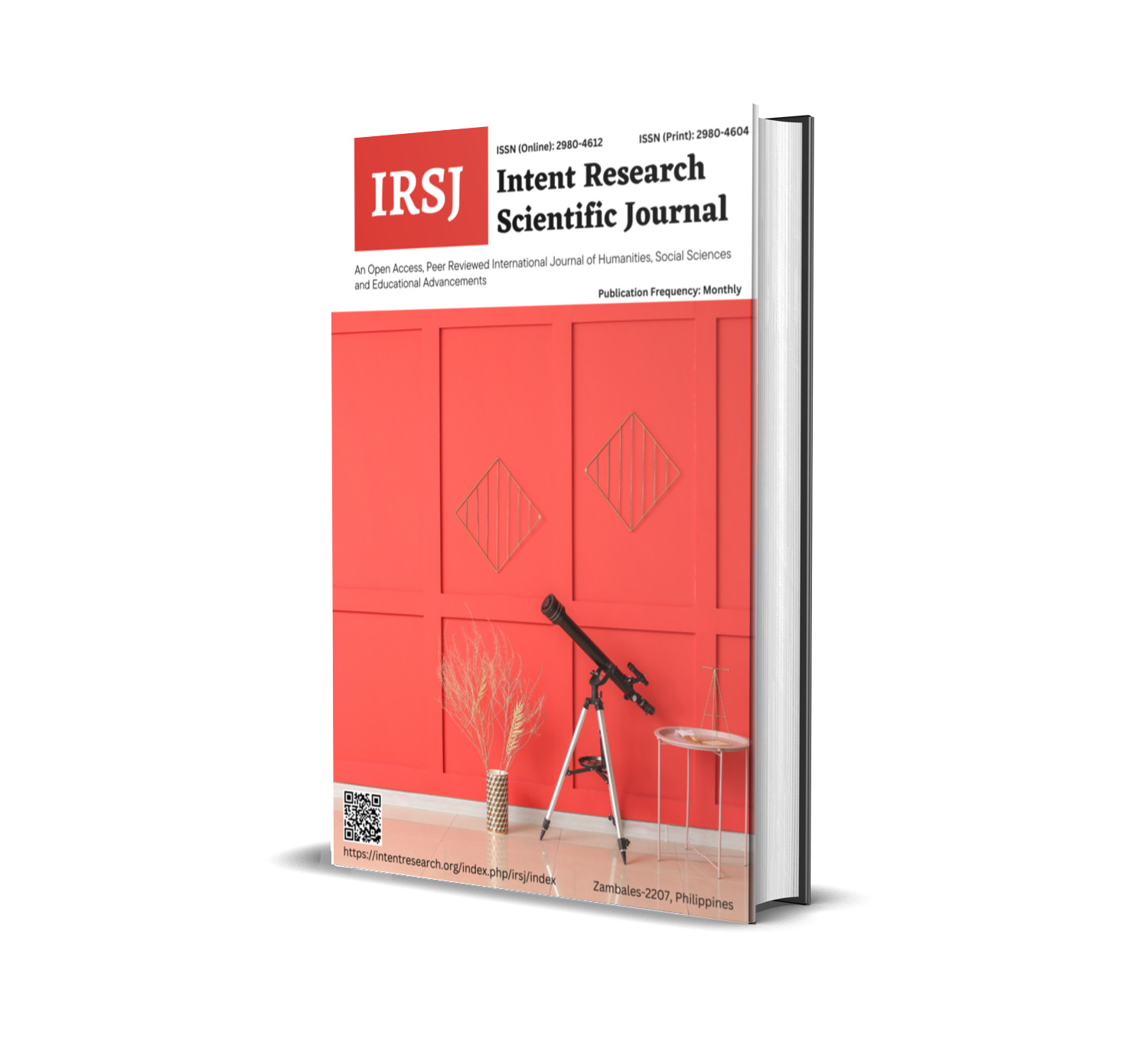SOME BIOLOGICAL FEATURES OF THE STAGE OF PROGRESSION OF CYSTOGONY OF THE CAUSATIVE AGENT OF DICHROCELIOSIS
Keywords:
Dicrocoelium lanceatum Stiles et Hassall, 1896.,Trematoda Rudolphi, 1808., Trematoda Rudolphi, 1808., Fasciola lanceolata (Rudolphi, 1803)., Formica clara., Formica cunicularia., Formica subpilosa., Xeropicta (Helicella) Candacharica, Xeroptica Ksyniskii, Trichia Retteri., Jaminia pataniniana., 3D three-dimensional image., clones.Abstract
Organisms must overcome numerous bioecological barriers in order to survive as a species, changing or improving their life forms under the influence of natural factors in various biogenocenoses. The ability of some pathogens of invasive diseases to control the behavior of their hosts for their own benefit in recent years has been proven in scientific studies conducted by scientists around the world using innovative research equipment. Among helminths with this characteristic, the trematode Dicrocoelium lanceatum Stiles et Hassall, 1896 can be distinguisheD.lanceatum
Downloads
Published
How to Cite
Issue
Section
License
You are free to:
- Share — copy and redistribute the material in any medium or format for any purpose, even commercially.
- Adapt — remix, transform, and build upon the material for any purpose, even commercially.
- The licensor cannot revoke these freedoms as long as you follow the license terms.
Under the following terms:
- Attribution — You must give appropriate credit , provide a link to the license, and indicate if changes were made . You may do so in any reasonable manner, but not in any way that suggests the licensor endorses you or your use.
- No additional restrictions — You may not apply legal terms or technological measures that legally restrict others from doing anything the license permits.










